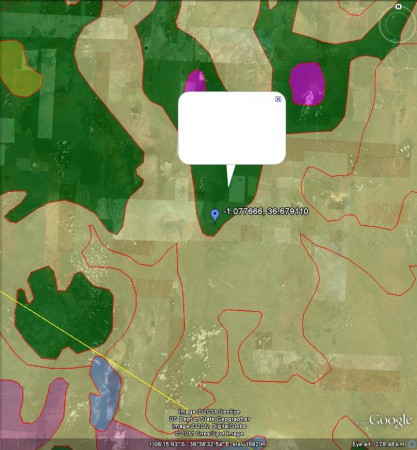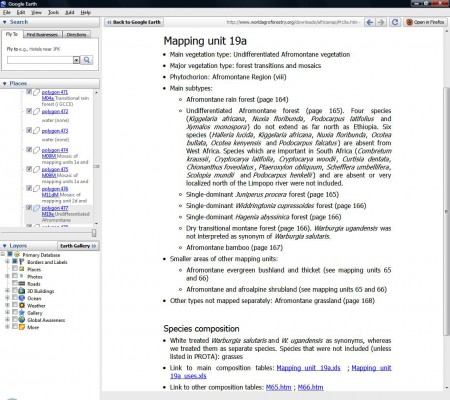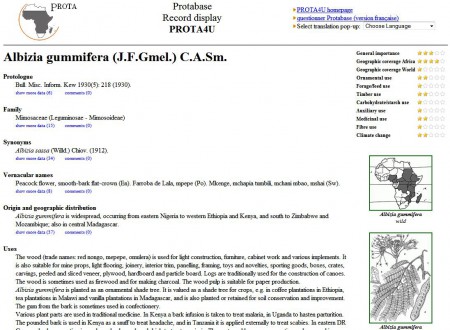Coconut-hunter Roland Bourdeix does it again:
Here is the first description with pictures of one of the rarest coconut varieties from French Polynesia.
This is a Compact Red Dwarf, producing big round fruit of red-orange color; the young fruits show inside the husk a typical pink color, like the pink color found in the Pilipog Green Dwarf from the Philipinnes. This dwarf seems to be mainly allogamous. Its stem and leaves are quite similar to those of the Niu Leka Dwarf from Fiji.
This kind of dwarf will be very precious in the future, especially for production of hybrid seednuts. If you plant in geographical isolation this red dwarf mixed together with a green variety (dwarf or tall); then you will obtain seednuts s recognizable in the nursery. Seednuts with green sprouts will be the green variety, seednut with red sprouts will be the red dwarf, and seednuts with brown sprouts will be natural hybrids between the red dwarf and the green variety. Both conservation of the two varieties and production of hybrid seednuts are done in a single location. In this process, no need to make costly emasculation, because the red dwarf is allogamous. No need also to plant this seedgarden in a research institute: such a design can be easily managed by farmers in farmer’s fields, as geographical isolation is available.
So in the future, even in a small Pacific country, we could imagine 20 farmers producing locally 20 differents kinds of hybrids using their own varieties as male parents… This idea needs to be refined, but this could lead to a complete change in the policies of coconut seednut production at world level. An illustration of a quite similar process of seed production is given here for Samoa.
A question is about the genetic origin of this Compact Red Dwarf: is it a late progeny of Marechal hybrids? Or is it the progeny of a natural cross between Niu leka and a red dwarf such as Haari Papua? We will do soon some DNA analysis to study this point.


